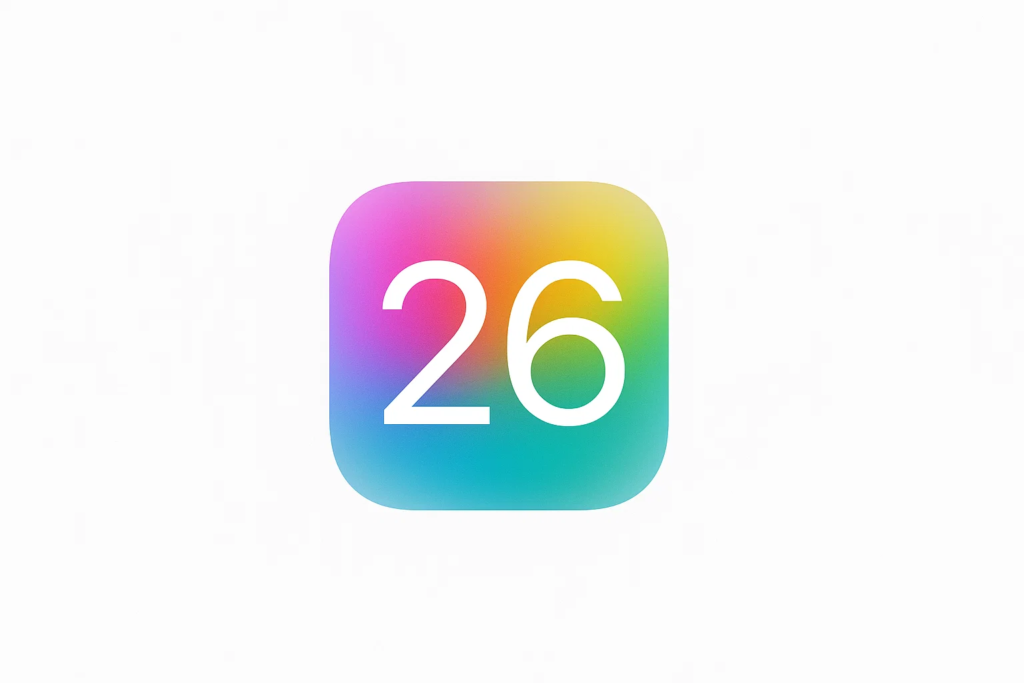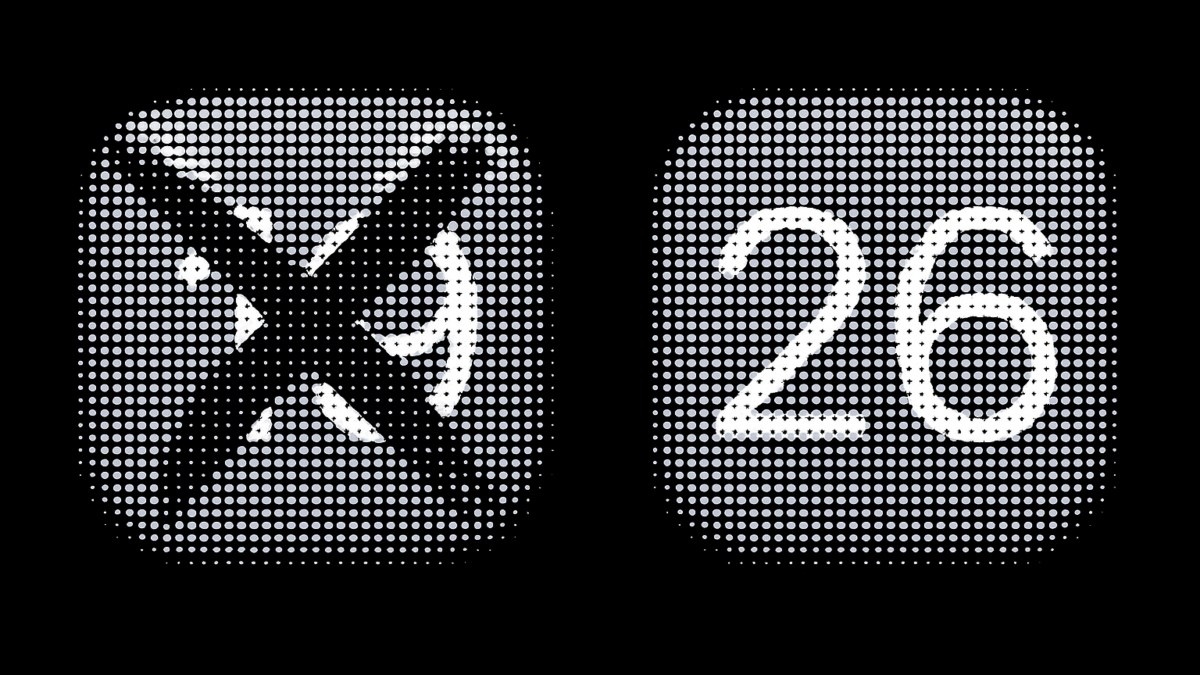Table of Contents
Introduction
As of May 2025, iOS 18 is officially live, bringing new customization features, AI enhancements, and tighter ecosystem integrations. But even as users explore iOS 18’s latest offerings, the tech world is buzzing with speculation: Apple might skip iOS 19–25 entirely and name the next release iOS 26.
Though unconfirmed, multiple reports point to this possible naming shift being unveiled at WWDC 2025 on June 9. In this article, we explore the rationale behind this leap, what it signals for Apple’s ecosystem, and what it means for users and developers.
A Look at iOS Progression So Far
Here’s a quick recap of recent iOS milestones:
- iOS 16: Focused on personalization and lock screen customization
- iOS 17: Introduced Contact Posters, NameDrop, and better AirDrop
- iOS 18: Launched in 2024 with AI enhancements and Vision Pro integrations
Now, rather than introducing iOS 19 next, Apple may fast-track to iOS 26 to align with broader system updates and the year 2026.
Why Skip iOS 19–25? Apple’s Likely Strategy

Aligning Version Numbers with Calendar Years
One of the strongest theories is that Apple plans to synchronize iOS version numbers with the corresponding year. If iOS 26 launches in 2026, the naming becomes intuitive—just like automotive models or Android’s later versions.
Benefits include:
- Easier version recognition and communication
- More transparent support timelines for users
- Streamlined versioning across all Apple OS platforms
Unifying the Apple Ecosystem
Currently, Apple’s operating systems are at varying stages:
- macOS 15 (2025)
- watchOS 11
- tvOS 18
- visionOS 2 (expected soon)
A jump to iOS 26 would help unify Apple’s versioning system, making it easier for developers to create, test, and update apps across multiple platforms.
Symbolizing a Major Redesign or Shift
A big version jump often signals a generational shift. iOS 26 may introduce:
- A new interface influenced by visionOS
- More advanced AI-driven features
- Deeper spatial computing integration
- Possibly a fresh design language across devices
This would justify a jump in naming to symbolize a paradigm shift in Apple’s mobile operating system.
Not the First Time This Has Happened
Apple wouldn’t be the first tech giant to skip ahead:
- Microsoft skipped Windows 9, jumping from 8 to 10
- Google transitioned Android versioning to simplify naming
- Apple itself jumped from iPhone 8 to iPhone X, skipping 9
These decisions were not gimmicks—they were strategic moves to support brand evolution and ecosystem clarity.
What This Means for iPhone Users
While the version number might seem like a branding change, it can also reflect real benefits for users:
- Unified software experience across devices
- Easier access to features shared across macOS, iPadOS, and visionOS
- Better synchronization of security updates and release cycles
- A clear indicator of which year’s OS you’re using (iOS 26 → 2026)
Developer Implications
If Apple skips directly to iOS 26, developers may see:
- Simplified documentation and API references
- Aligned SDKs across devices
- Clearer app compatibility guidance for multidevice apps
This could boost development efficiency and reduce fragmentation across platforms.
Expected Features in iOS 26 (Based on Leaks & Trends)
Though Apple hasn’t confirmed the update yet, tech insiders suggest that iOS 26 may include:
- Floating UI elements inspired by visionOS
- New widget interactions and home screen layouts
- More proactive Siri and AI functions
- Expanded Vision Pro integration
- A consistent design language across iPhone, iPad, and Mac
All signs point to iOS 26 being a milestone release, both functionally and visually.
According to IndiaTimes, “Apple’s rumored renaming decision reflects a strategic shift in how the company communicates its software updates and plans for deeper cross-device synergy.”
This aligns with Apple’s focus on cohesive product experience over mere feature counts.
Final Thoughts
Apple’s rumored decision to jump from iOS 18 to iOS 26 might seem surprising—but it fits a larger trend of aligning product naming with user expectations, ecosystem strategy, and annual planning. If confirmed at WWDC 2025, it could mark a turning point in how users and developers interact with iOS and the Apple ecosystem at large.
Call-to-Action (CTA)
📱 Want to stay ahead of Apple’s biggest software changes?
Subscribe to iTMunchfor timely insights, detailed breakdowns, and expert takes on iOS, AI, and the future of tech.
You May Also Like: Google Store in India: What It Means for Indian Shoppers





